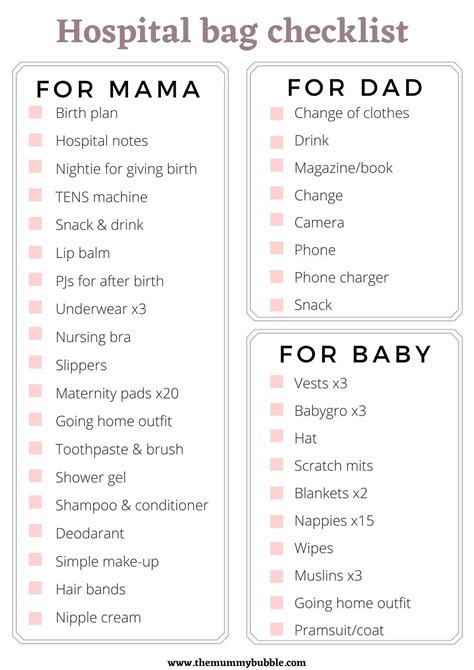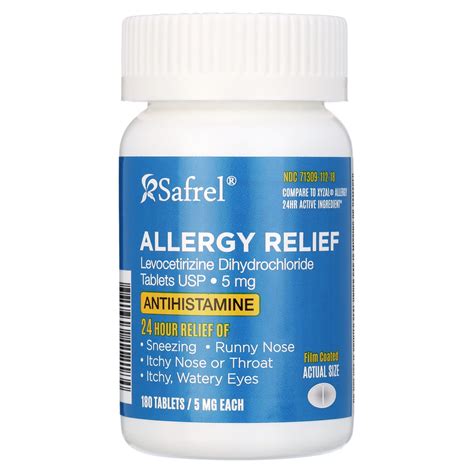Navigating the complex world of health insurance can be a daunting task, especially when it comes to understanding out-of-pocket costs. With the ever-rising costs of medical care, it’s essential to maximize your insurance benefits to reduce financial burdens. In this comprehensive guide, we’ll delve into the intricacies of out-of-pocket expenses, exploring strategies to minimize them and make the most of your insurance coverage.
Understanding Out-of-Pocket Costs
Out-of-pocket costs refer to the expenses that you, as the policyholder, are responsible for paying directly. These costs can include deductibles, copayments, coinsurance, and any costs that exceed the maximum out-of-pocket limit. Understanding these components is crucial to managing your healthcare expenses effectively.
Deductibles are the amounts you must pay before your insurance plan starts covering costs. For example, if your deductible is 1,000, you'll need to pay the first 1,000 of your medical expenses out of pocket.
Copayments or copays are fixed amounts you pay for specific healthcare services, such as doctor visits or prescription medications. A common example is paying $20 for a primary care visit.
Coinsurance represents the percentage of healthcare costs that you pay after meeting your deductible. If your coinsurance is 20%, you’ll pay 20% of the costs, and your insurance will cover the remaining 80%.
Maximum Out-of-Pocket (MOOP) is the highest amount you’ll pay for healthcare expenses in a year. After reaching this limit, your insurance plan covers 100% of eligible expenses.
Strategies to Maximize Insurance Benefits
Choose the Right Plan: Selecting an insurance plan that fits your healthcare needs can significantly impact your out-of-pocket costs. Consider factors like your typical healthcare usage, prescription needs, and preferred healthcare providers when choosing a plan.
Understand Your Network: Insurance plans often have provider networks. Staying within your network can save you money, as out-of-network care typically comes with higher costs or may not be covered at all.
Preventive Care: Many health insurance plans cover preventive care services without additional costs. Taking advantage of these services, such as annual check-ups and screenings, can help prevent more costly health issues down the line.
Health Savings Accounts (HSAs) and Flexible Spending Accounts (FSAs): If your plan is eligible, contributing to an HSA or FSA can help you save for healthcare expenses with pre-tax dollars, reducing your taxable income.
Negotiate Medical Bills: Sometimes, medical providers can offer discounts or payment plans if you’re paying out of pocket. Don’t hesitate to ask about these options, especially for large or unexpected bills.
Seek Assistance: If you’re having trouble paying medical bills, there are often patient advocacy services and financial assistance programs available. These can help navigate the billing process and sometimes reduce the amount you owe.
Advanced Strategies for Maximizing Benefits
Utilizing Telehealth
With the rise of telehealth services, you can now access medical care from the comfort of your home. Many insurance plans cover telehealth visits, which can be more cost-effective than traditional in-person visits. This option is especially beneficial for non-emergency situations or follow-up appointments.
Pharmacy Savings
For prescription medications, exploring generic or biosimilar options can significantly reduce costs. Additionally, using mail-order pharmacies for long-term medications can often lead to savings over traditional retail pharmacies.
Keeping Records
Maintaining detailed records of your medical expenses can help ensure you’re taking full advantage of your insurance benefits. Keeping track of your spending can also help you reach your deductible and maximum out-of-pocket limits more efficiently, after which your insurance coverage increases.
Conclusion
Maximizing your insurance benefits involves a combination of understanding your health insurance plan, making informed decisions about your care, and utilizing available resources to reduce out-of-pocket costs. By choosing the right plan, staying in-network, leveraging preventive care, and exploring cost-saving options like HSAs, FSAs, and telehealth, you can navigate the healthcare system more efficiently. Remember, your health and financial well-being are intertwined, and taking proactive steps to manage your healthcare expenses can lead to significant benefits in the long run.
Frequently Asked Questions
How do I choose the right health insurance plan for my needs?
+Choosing the right health insurance plan involves considering several factors, including your typical healthcare usage, the medications you take, your preferred healthcare providers, and the costs associated with each plan. It’s also important to understand the differences between types of plans, such as HMOs, PPOs, and EPOs, and how they might affect your access to care and out-of-pocket costs.
What are the advantages of using Health Savings Accounts (HSAs) for medical expenses?
+Health Savings Accounts offer a triple tax benefit: contributions are tax-deductible, the account grows tax-free, and withdrawals for qualified medical expenses are tax-free. HSAs can be used in conjunction with high-deductible health plans (HDHPs) and are a powerful tool for saving for healthcare costs now and in the future, even into retirement.
How can I reduce my prescription medication costs?
+Explore generic or biosimilar versions of your medications, as they can offer significant savings. Additionally, using online tools to compare prices at different pharmacies, asking your doctor about samples or free medication programs, and considering mail-order pharmacies for long-term prescriptions can help reduce costs. Some pharmacies and manufacturers also offer discount cards or coupons that can be used to lower the price of medications.



